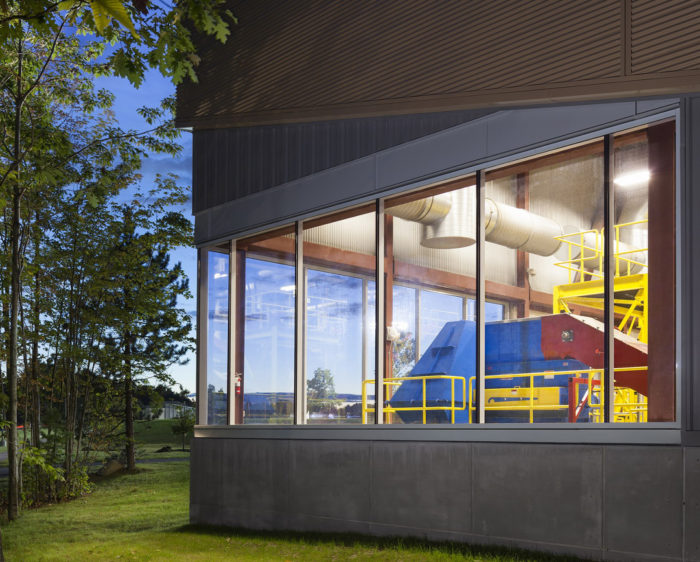
Image Credit: John Horner
A growing number of college and university presidents are climbing aboard the Presidents’ Climate Commitment and steering their institutions toward carbon-neutral operation.
“We recognize the scientific consensus that global warming is real and is largely being caused by humans,” the commitment statement reads. “We further recognize the need to reduce the global emission of greenhouse gases by 80% by mid-century at the latest, in order to avert the worst impacts of global warming and to reestablish the more stable climate conditions that have made human progress over the last 10,000 years possible.”
By signing the pact, college leaders promise to develop a comprehensive plan to catalog and reduce greenhouse gas emissions, including those from electricity, heating, commuting and air travel.
In addition to reducing the environmental impact of their campuses, participating colleges also hope to reduce energy costs, attract top faculty and students, and get more support from alumni.
Colby College in Maine beats its own goal
Only three institutions have achieved carbon neutrality to date. The largest is Colby College, a private liberal arts college in Waterville, Maine, with an enrollment of about 1,800 students. Colby announced in April that it was carbon-neutral, two years ahead of schedule.
Among the measures Colby says it took:
- Switched to 100% renewable electricity, beginning in 2003
- Saved 1 million gallons of fuel oil a year by making wood its primary fuel for heat and hot water instead of fuel oil.
- Made campus buildings more energy-efficient, and beginning in 2005 sought a minimum of LEED Silver certification for all new construction and renovations.
- Installed geothermal heating and cooling for two major construction projects.
Colby said it would spend about $50,000 a year to buy carbon offsets to compensate for college-related travel and commuting. “The money from those offsets will help to build and sustain a market for projects in New England that directly affect the impact of human activity on climate change,” the college said in a statement.
Colby’s biomass plant went online in January 2012. The $11 million facility burns wood chips, bark and treetops that otherwise would be “left on the forest floor,” the college said, saving about $250,000 a month in oil costs. The wood, which replaces about 90% of the heating oil the college had used, comes from sustainable forestry operations within 50 miles of the campus.
Green Mountain College in Poultney, Vermont, and College of the Atlantic in Bar Harbor, Maine, also are carbon-neutral institutions.
Renewable energy production on the rise
According to Second Nature, a Massachusetts nonprofit group working on the project, the amount of energy from renewable sources produced by signatories has risen sharply in the last year.
In June 2012, for example, total annual solar output was 86 million kWh of electricity, compared with 208 million in March 2013. Overall, annual renewable energy output rose from 171 million kWh by 134 institutions in 2012 to 322 million by 309 institutions in March 2013.
Interim reduction targets over the next 15 years will reduce carbon dioxide emissions by 9.6 million metric tons, Second Nature said.
Weekly Newsletter
Get building science and energy efficiency advice, plus special offers, in your inbox.














0 Comments
Log in or create an account to post a comment.
Sign up Log in